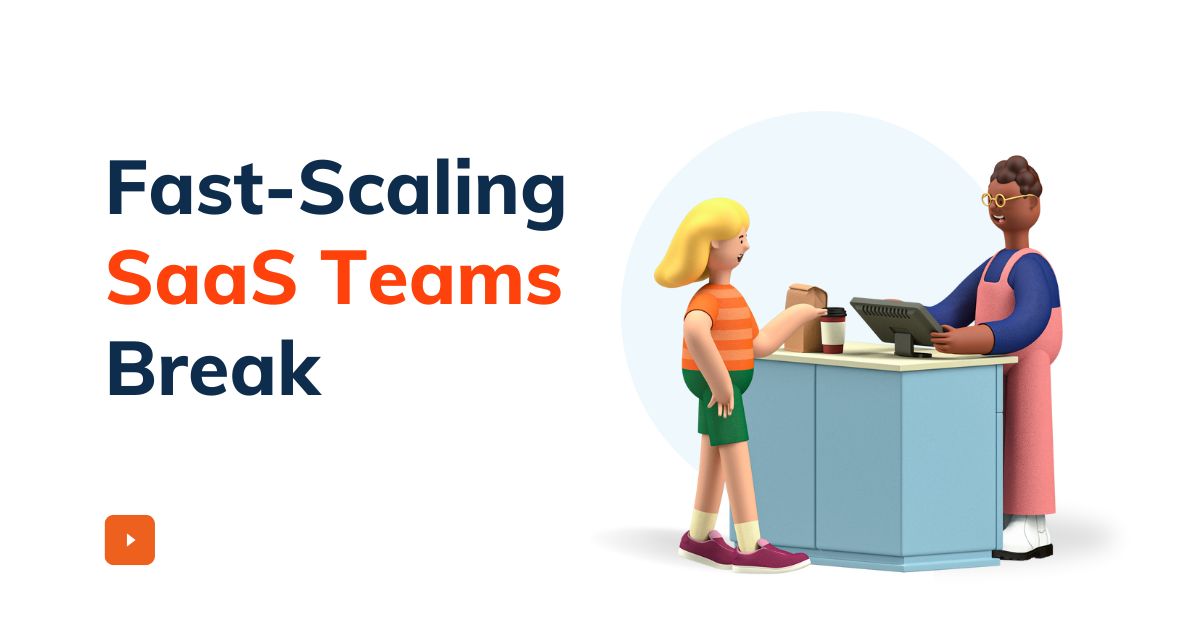Burnout Isn’t a Buzzword — It’s a Business Risk
Growth teams in SaaS are often glamorized. Fast-moving. Data-driven. Experimental. But behind the dashboards and velocity metrics, there’s a less sexy reality: exhaustion.
When you’re expected to hit ambitious targets with limited resources — and do it month after month — burnout isn’t a possibility, it’s inevitable. Especially when marketing is treated like a performance engine that can never idle. And let’s be honest: celebrating hustle culture while ignoring team fatigue is still too common in startup environments.
The signs show up quietly. Campaign quality dips. Slack goes quiet. People stop pushing back in meetings — not because they agree, but because they’re checked out. If your growth feels fragile, your team’s energy might be the real bottleneck.
Why Specialized Talent Is So Hard to Find (and Even Harder to Keep)
There’s a specific kind of unicorn every SaaS company seems to be chasing: someone who understands marketing and data and can also run experiments like a product manager. Bonus points if they can write SQL, optimize CAC, and launch a cold outbound campaign in the same week.
The problem? That person doesn’t exist — or if they do, they’re either already running their own company or being aggressively poached. Hiring for growth roles like technical PMs, performance marketers, or data engineers with SaaS experience isn’t just hard — it’s painfully slow. The market is thin, the expectations are high, and the hiring process often stretches out longer than planned.
What’s worse is when good people leave. Attrition hurts more in lean teams where every head counts. And losing institutional knowledge — especially when you’re scaling fast — means momentum stalls, onboarding slows, and teams are stuck rebuilding foundational systems mid-flight.
Also Read, Level Your Software Engineering Team
Culture Doesn’t Scale Automatically
When your team is ten people, culture is mostly implicit. Shared values, Slack banter, quick check-ins. But double that headcount — or worse, triple it across remote time zones — and cracks begin to show. Culture becomes less about vibes and more about structure.
Without deliberate effort, alignment drifts. Teams start interpreting goals differently. Priorities get lost in translation. And new hires, no matter how skilled, struggle to plug into an operating rhythm that no longer exists.
What used to be a tight, scrappy group suddenly feels chaotic. And if leadership doesn’t recognize that early, you risk building a team that’s technically skilled but strategically disconnected.
The Startup Trap: Everyone Owns Everything, So No One Owns Anything
Another challenge as companies grow: ownership gets fuzzy. Who’s responsible for onboarding metrics? Product? Marketing? Customer success?
When job scopes blur, accountability slips. Projects fall through the cracks. Finger-pointing increases — not out of malice, but out of confusion. Fast-paced teams often resist process in the name of speed, but ironically, it’s the lack of process that eventually slows everything down.
A simple rule of thumb: if it takes more than one meeting to figure out who’s driving something, you’re probably already behind.
A Case for Intentional Support
It’s easy to throw perks at the burnout problem — remote Fridays, wellness stipends, a “no-meeting” day. They help, sure. But what really protects growth teams is clarity, support, and trust.
This is where the right external partners come in — not to replace internal teams, but to unburden them. A great marketing agency for SaaS doesn’t just build campaigns; they fill in the skill gaps, bring in proven systems, and create breathing room for internal teams to think more strategically. Less time firefighting means more time building.
Even something as basic as taking over attribution tracking or ad ops can lift a surprising weight. It’s not about outsourcing core functions — it’s about preserving the team’s energy for what matters most.
The Leadership Gap No One Talks About
As companies scale, so should leadership. But technical founders often struggle to scale themselves alongside the company. What worked at $2M ARR — tight control, gut-feel decisions, heavy involvement — starts to break down as headcount grows.
If middle management isn’t empowered or equipped to lead, everything routes back to the top — and that’s a recipe for decision bottlenecks, misaligned teams, and slow execution.
Leadership needs to evolve from “doing” to “guiding.” That means hiring not just for execution, but for mentorship and systems thinking. If you’re building a team of executors with no one to coach or align them, you’re building a team that will eventually burn out or break apart.
Final Word: Scale Is a Team Sport
Growth isn’t just about metrics. It’s about the people behind them. And if your team is fraying at the edges, the impact will show up in the numbers — just not right away.
Strong systems. Clear ownership. Sustainable pacing. These aren’t “nice to haves.” They’re survival essentials for SaaS companies trying to scale without self-destructing.
Take care of your people, and they’ll take care of your pipeline.
